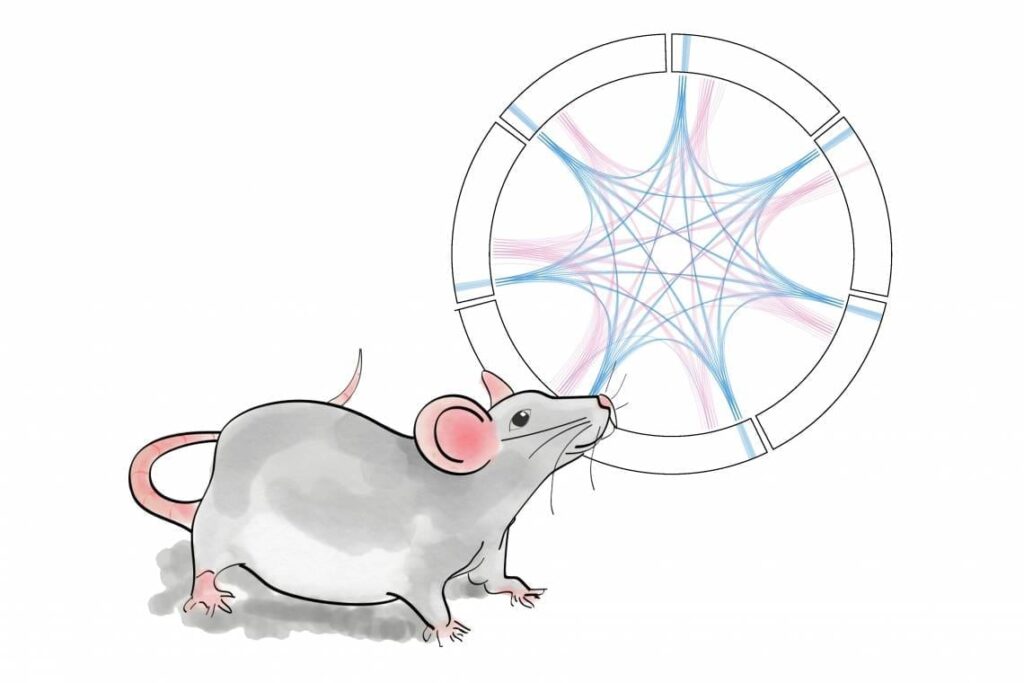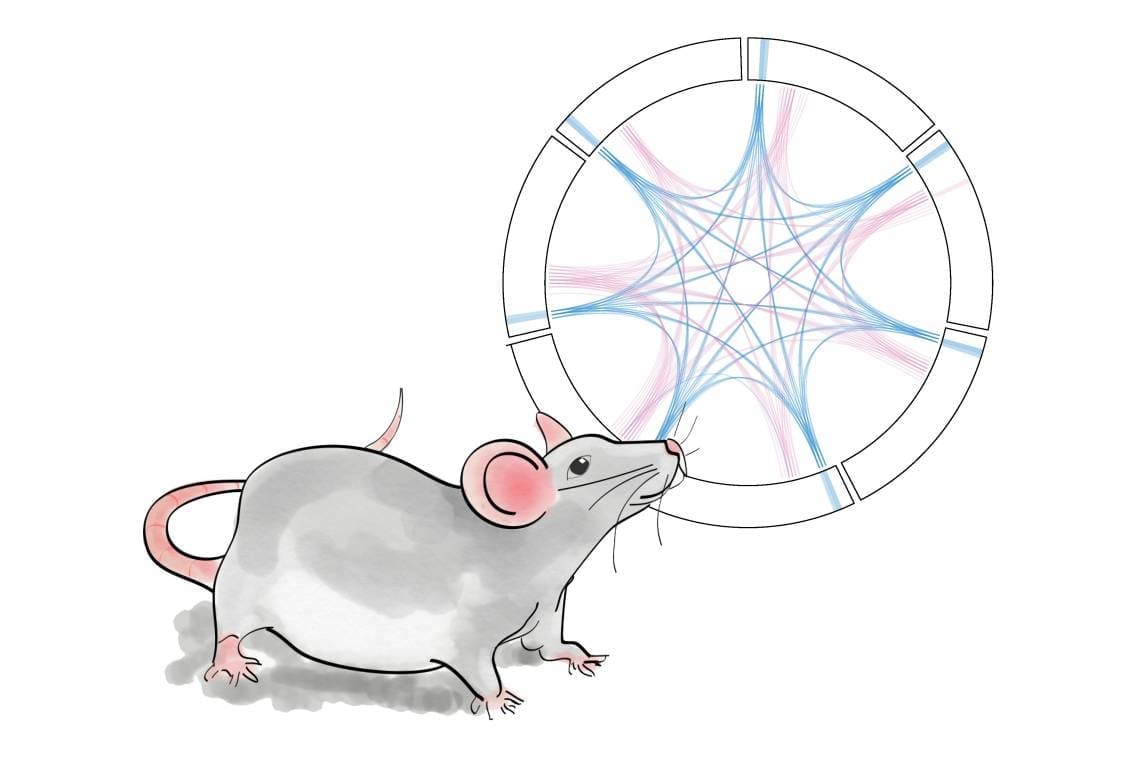
Credit: Jeff Macinnes and Kafui Dzirasa, Duke University
Tapping into the electrical chatter between different regions of the brain may provide a new way to predict and prevent depression, according to new research by Duke University neuroscientists and electrical engineers.
The researchers found different networks of electrical brain activity in mice that were more susceptible to developing depression-like symptoms following stressful events than in more resilient mice.
If replicated in humans, these results could be the first step toward a test to predict a person’s vulnerabilty to developing mental illnesses like depression.
“What we are essentially creating is an electrical map of depression in the brain,” said Dr. Kafui Dzirasa, associate professor of psychiatry and behavioral sciences, neurobiology and biomedical engineering at the Duke University School of Medicine. “We hope this could be used as a predictive signature of depression, in the same way that blood pressure is a predictive signature of who will ultimately have a heart attack or stroke.”
The study appeared March 1 in the journal Cell.
Most people experience major life stressors from time to time. The death of a loved one, loss of a job or challenging medical diagnosis can cause difficult emotions such as grief, sadness, anxiety or anger. But while some are able to bounce back from these stressors relatively quickly, others go on to experience mental illnesses such as depression or anxiety.
For the past three decades, neuroscientists have used imaging and electrical monitoring to study how activity in individual brain regions may predispose an individual to developing mental illness.
In 2010, Dzirasa and his graduate mentor, Dr. Miguel Nicolelis, developed a technique that can monitor electrical activity in not just one region of the mouse brain, but in many regions simultaneously. The results reveal how different areas of the brain work together to create specific mental states.
“You can think of different brain regions as individual instruments in an orchestra,” Dzirasa said. “We are interested in not just what each instrument is doing, but how the instruments coordinate themselves to generate music.”
In the experiment, each test mouse was placed in a cage with a larger and more aggressive mouse. After residing with this pugnacious roommate for ten days, many mice developed symptoms that resemble depression in humans, including anxiety, social avoidance and difficulty sleeping.
Before and after experiencing this stress, Dzirasa and postdoctoral fellow Rainbo Hultman measured brain activity in seven different brain regions that have been linked to depression, including the prefrontal cortex, the amygdala and the hippocampus.
Using machine learning techniques developed by Duke colleagues Kyle Ulrich, David Carlson and Lawrence Carin, the team constructed the brain “music” for each mouse. They found the mice who developed depression-like symptoms exhibited different patterns of brain activity both before and after the stress test than those who were more resilient to the experience.
The results may be useful for treatment as well as prevention of depression, Dzirasa said.
“To date, the most effective treatment for depression remains electroconvulsive therapy, but it comes along with a lot of side-effects,” Dzirasa said. “It might be possible to target electricity to the right place in the right way to create a treatment that doesn’t have the same side-effects as putting electricity everywhere.”
Monitoring networks of electrical brain activity holds promise for understanding not only depression, but other forms of mental illness as well, said Conor Liston, an assistant professor of neuroscience and psychiatry at Weill Cornell Medicine who was not involved in the study.
“Many scientists believe that the behavioral and clinical symptoms that define most psychiatric conditions — not just depression — are driven by changes at the brain network level,” Liston said in an email. “This report defines a new approach combining machine learning and other state-of-the-art statistical methods with multi-circuit recordings in mice that will probably inspire investigators to apply similar methods to advance our understanding of the neurobiology underlying other forms of mental illness.”
Learn more: NETWORKS OF BRAIN ACTIVITY PREDICT VULNERABILITY TO DEPRESSION
The Latest on: Depression
[google_news title=”” keyword=”Depression” num_posts=”10″ blurb_length=”0″ show_thumb=”left”]
via Google News
The Latest on: Depression
- Why Depression Can Make It Hard to Know You're Depressedon April 29, 2024 at 8:05 am
Depression often leads to an extremely negative view of oneself, and even to self-hatred. These feelings and beliefs can interfere with recognizing them as a symptom of depression because they seem so true. In the grip of depression, the person believes the problem is not that they think they're worthless, but that they are worthless.
- People with depression or anxiety could lose sickness benefits, says UK ministeron April 29, 2024 at 7:23 am
Mel Stride says therapy or respite could be offered instead of Pip payments to those with ‘milder’ mental health issues
via Bing News











